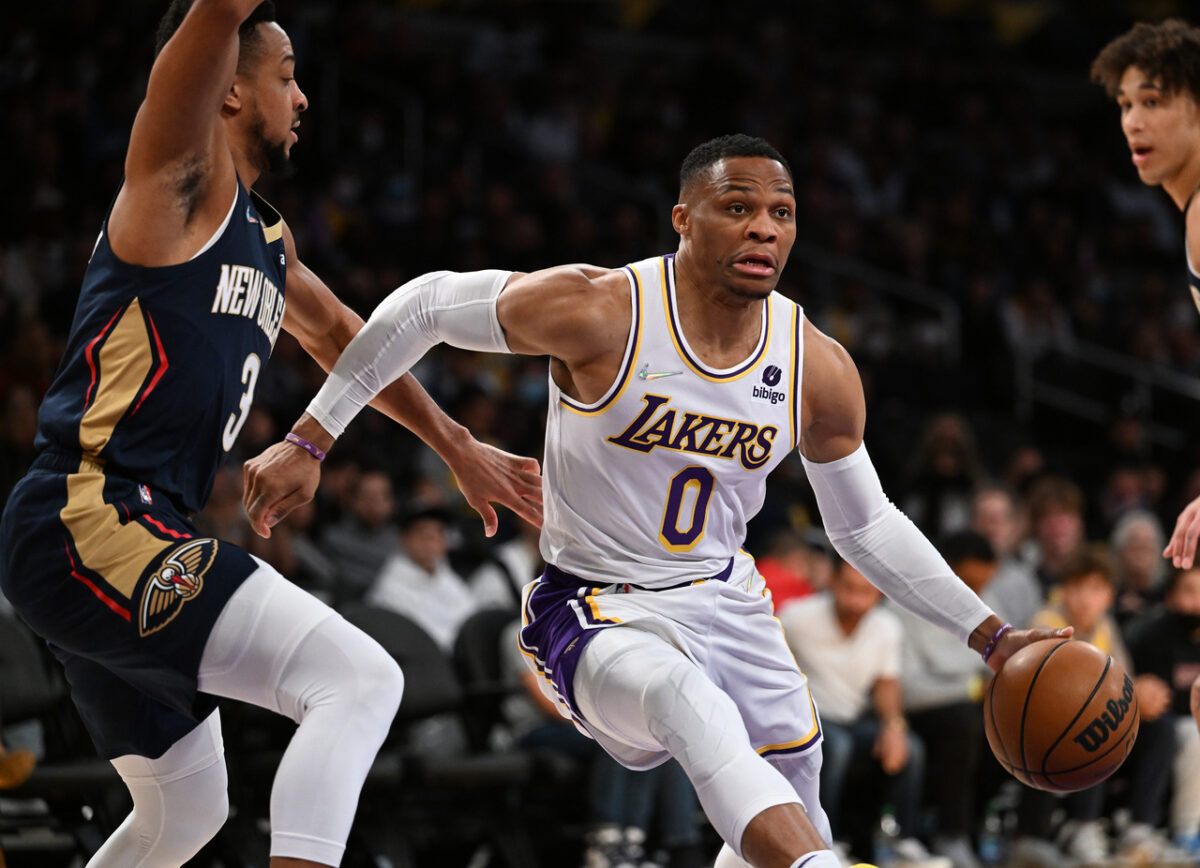Researchers in Hawaii have captured footage of a false killer whale ambushing an unsuspecting mahi-mahi with a spectacular breach.
Researchers in Hawaii have captured footage showing a false killer whale ambushing a large mahi-mahi with a spectacular breach.
“One of many predation events documented by our team while working with the endangered population of false killer whales in the Maui Nui area!” Cascadia Research Collective wrote Friday on Facebook, asking viewers to turn on the volume.
The footage, reminiscent of clips showing great white sharks breaching after seals or seal decoys, shows the false killer whale smacking the mahi-mahi into the air while also leaping free of the surface.
False killer whales (Pseudorca) – named because their skull characteristics are similar to those of killer whales (Orcinus orca) – inhabit tropical and sub-tropical waters worldwide but are not frequently encountered.
RELATED: Humpback whale boosts spirits in struggling Alaska town
In Hawaii, three populations exist, including a small endangered population most closely associated with the main islands.

The Washington State-based Cascadia Research Collective, in collaboration with the Scripps Acoustic Ecology Laboratory and Pacific Islands Fisheries Science Center, is studying foraging behavior of this population, in relation to oceanography and prey.
False killer whales routinely snack on mahi-mahi, which like to gather beneath floating debris, making them vulnerable to predation. (Note the floating object in the video.)

Asked if the footage captured Friday is rare, Robin Baird, a Cascadia Research Biologist, told For The Win Outdoors:
“Well, we’ve been working with false killer whales in Hawaii for 22 years and have seen this type of behavior a number of times, and filmed it a few times, although not necessarily long clips or great footage.”

Baird added that false killer whales “do throw fish into the air more so than any other species I’ve worked with.”
During some predation events, individual mammals shared food with other pod members. Prey sharing is common among false killer whales, which have also been known to present their kills to people watching from boats.

Cascadia on Friday published an update for the ongoing Maui Nui project in waters off Maui, Lanai, Kahoolawe, and Molokai.
The endangered false killer whales are the team’s “highest-priority species” and scientists captured several images showing the mammals preying on mahi-mahi and engaging in social behavior.

Based on their observations, the most common methods are ramming the fish with their heads or slapping them with tail flukes.
Scientists obtained several photo identifications for their catalog and collected biopsy samples “for genetics and hormone chemistry.”
The team also encountered or was hoping to encounter bottlenose dolphins, short-finned pilot whales, and less-common species such as rough-toothed dolphins and pygmy killer whales.
–Images courtesy of Jordan Lerma (top and bottom two) and Robin Baird of the Cascadia Research Collective














